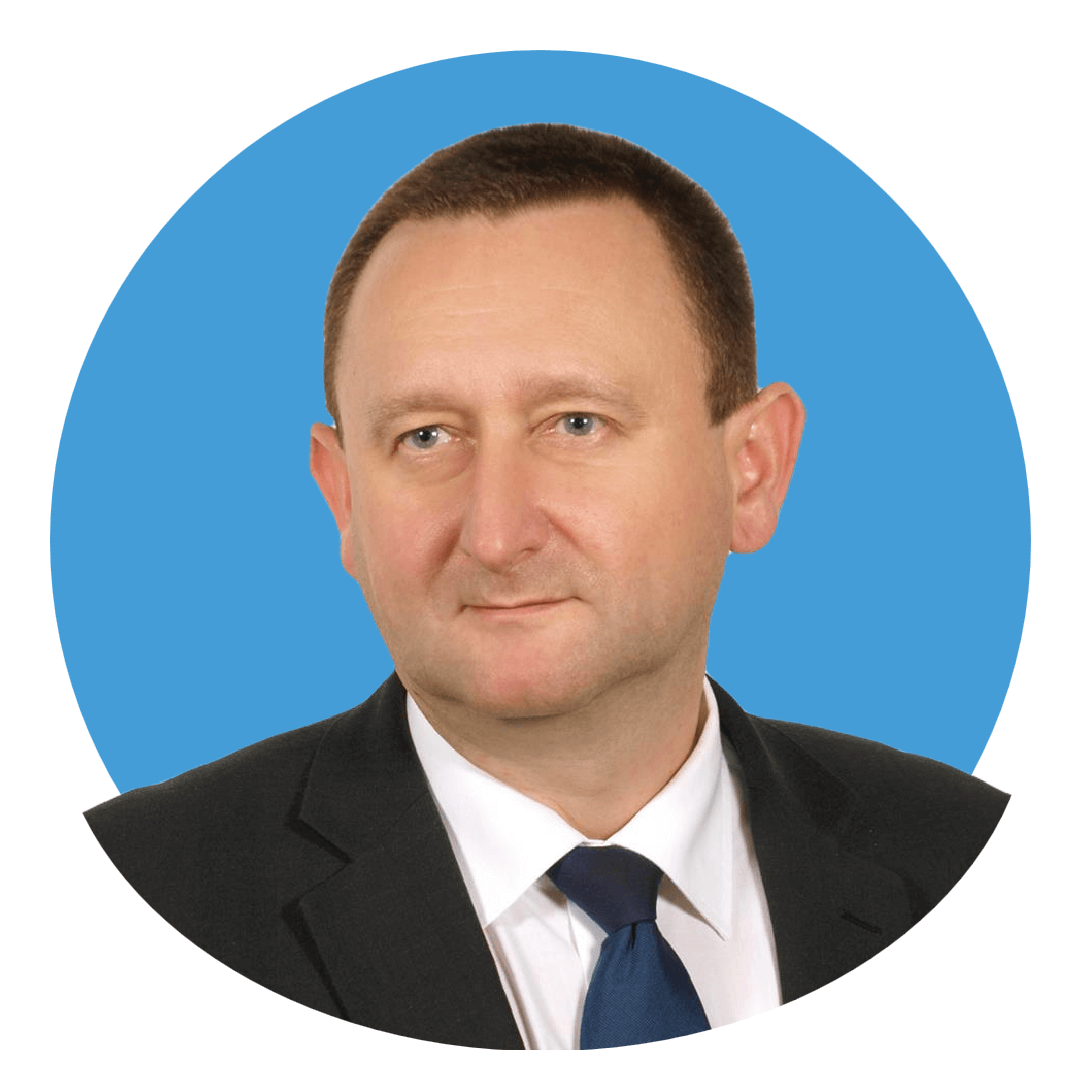
This paper presents various methods for monitoring collectors during and after trenchless rehabilitation. It discusses a method that can be used to monitor the structural wall of an existing collector. In critical underground infrastructure, the assessment of structural safety and operational reliability is of paramount importance. Currently, modernized networks are not subject to continuous monitoring.
The proposed method enables continuous geometric monitoring of the trenchless modernization process as well as the installation’s condition during operation. It allows for the detection of cracks and deformations in the original collector structure. This is particularly important in urban areas (due to dynamic loads and changes in hydrogeological conditions) and regions affected by mining-induced subsidence.